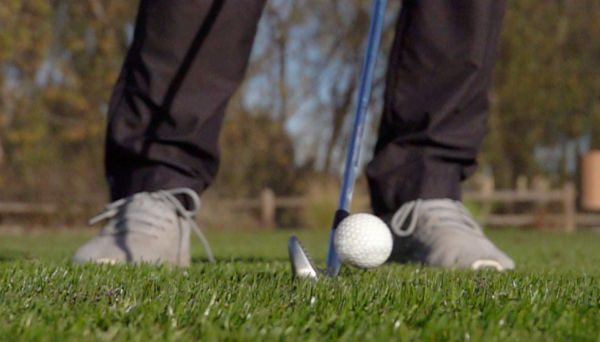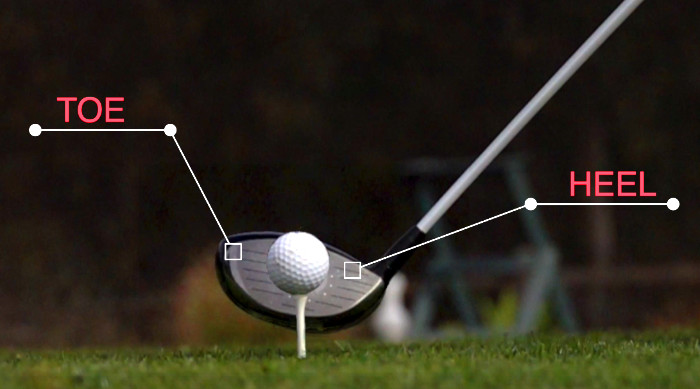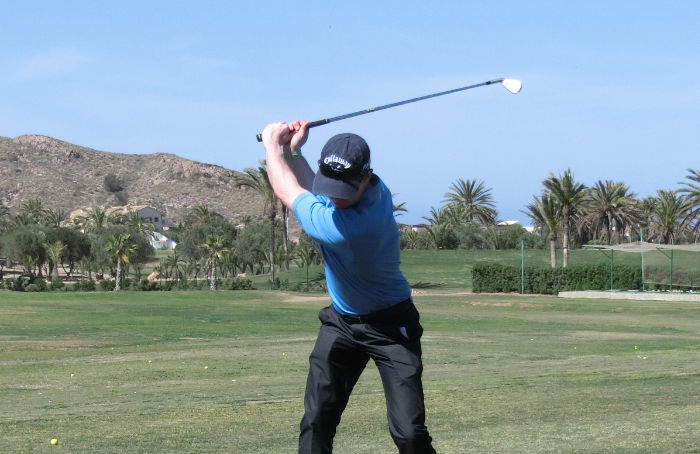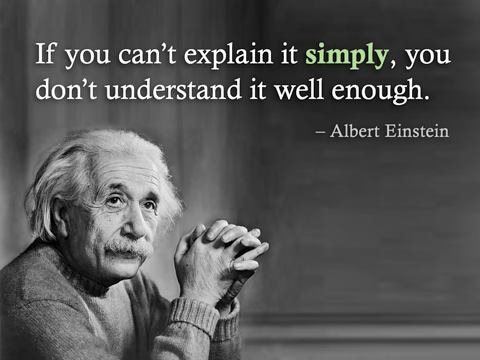What’s Your Golf IQ?
Golf tips
As a golf coach with a desire to help my pupils long-term, I look to improve my players on more than just a technical level. One of the greatest things I can help with is their “golf IQ”. What does this mean exactly – you are about to find out.
What does this mean exactly – you are about to find out.
Self-Coaching
 A higher golf IQ allows a player to better self-coach.
A higher golf IQ allows a player to better self-coach.
That is my ultimate dream as a coach – to be able to give my players the tools to make myself redundant. I want to give the pupil the power.
There are a few different levels of golfing IQ, and I try to progress my students through these levels as much as possible.
Level 1: What
The first stage is to build the foundation of understanding.
In golf, this would be "what creates a good shot?”
Most golfers answer this question with a million things which may relate to a good golf shot, as opposed to creating it. There’s a huge difference.
For example;
- A good pivot, grip, backswing, follow through, pressure shift etc. may relate to a good shot – but DOES NOT cause it.
- Impact (club head and ball interaction), on the other hand, DIRECTLY causes a good shot.
 There are 7 factors at impact which determine EVERYTHING about the result of your shot. You can read more about those 7 factors in my article (linked at the bottom of this post).
There are 7 factors at impact which determine EVERYTHING about the result of your shot. You can read more about those 7 factors in my article (linked at the bottom of this post).
So, level 1 golfing IQ would be understanding how these impact factors affect the ball flight.
This knowledge can allow a player to direct their energy/attention (or practice time) towards the right thing, as opposed to having golf seem like some dark art or Voodoo – like it is for the majority of players.
A poor level-1 IQ is why most golfers end up spinning their wheels for years.
EXAMPLES
- Do you understand how swing path affects the shot direction?
- Do you understand how clubface direction affects the trajectory/distance/initial launch of the ball?
- Do you understand what influences the ball launch angle?
- Do you know what factors influence distance control?
The better a player is able to answer these questions (and more), the more likely they are to be able to self-coach and fix their own game.
Level 2: Awareness
 The next level of golfing IQ is
The next level of golfing IQ is
"What is your level of awareness as to what YOU did”?
In other words, what actually happened at impact?
In Next Level Golf, I teach players how to use different forms of feedback to better identify how their club impacted the ball.
Impact happens way too fast for us to actually see what happens – but we can play detective and use our feedback to get a very accurate idea of the main impact variables.
It’s one thing knowing what to do (level 1), but knowing whether you are doing it or not is vital if we want to be able to improve rapidly at this game.
EXAMPLES
- Do you know where you struck on the face (toe or heel, and by how much)?
- Do you know what clubface and swing path combination you presented?
- Do you know where your club first struck the ground?
We then need to be able to look for patterns within this data – for example, are you having more issues with ground contact or face-direction?
In fact, my data collection has shown a very clear correlation between a player’s awareness level and their ability.
Level 3: Toolbox
In level 1, we are able to identify what we need to do to hit a quality shot
In level 2, we are able to identify what we actually did at impact (and look for patterns)
In level 3, we are able to implement a change that successfully improves impact
For example, if you suddenly started hooking the ball, what tools/concepts/changes could you implement to be able to make the ball flight playable again – and quickly.
These changes could be technical in nature, or they could be strategic.
For example, you could
- Change the swing path to neutralize the hook
- Change the clubface angle to turn the hook into a draw
- Change your strategy to allow for the hook (this is something lots of tour pros will implement)
 Even within the technical changes, there may be multiple options available to you in order to create a change.
Even within the technical changes, there may be multiple options available to you in order to create a change.
For example, you might change your swing path by changing your left arm position during the swing (an internal swing thought), or by simply visualizing the clubhead following a different path through impact (an external focus of attention).
Ultimately, a player with options can start the process of repair. A player without options is left to grind it out until they can get off the course – and hopefully next day it solves itself mysteriously.
I know which player I would rather be – I’ve been both.
Level 4: Interconnectivity
This final level – we could call it “genius level” – relates to our understanding of how changing one variable affects other variables.
For example, if we were to make a player swing the clubhead more to the left (I.E. more out-to-in), it would tend to
- move swing path more left
- move low point farther in front of the ball – making the angle of attack steeper
- make the face more open to the path
- reduce dynamic loft
The above are things that can be predicted with a very high level of certainty.
 Most players never get this far in their journey of golf IQ – but I have players who are there (and benefit greatly from it).
Most players never get this far in their journey of golf IQ – but I have players who are there (and benefit greatly from it).
By understanding the interconnectivity between variables, we can be much more adept at fixing several issues at once.
As a coach, I use this high level of understanding to fix multiple issues with players without overloading them with information.
In fact, I often may say something as simple as "brush the grass here in this direction”
and be positively affecting 3 or more impact variables – as well as changing several swing-mechanics elements. When you understand a topic very deeply, you are able to distill the information into something simple and workable.

